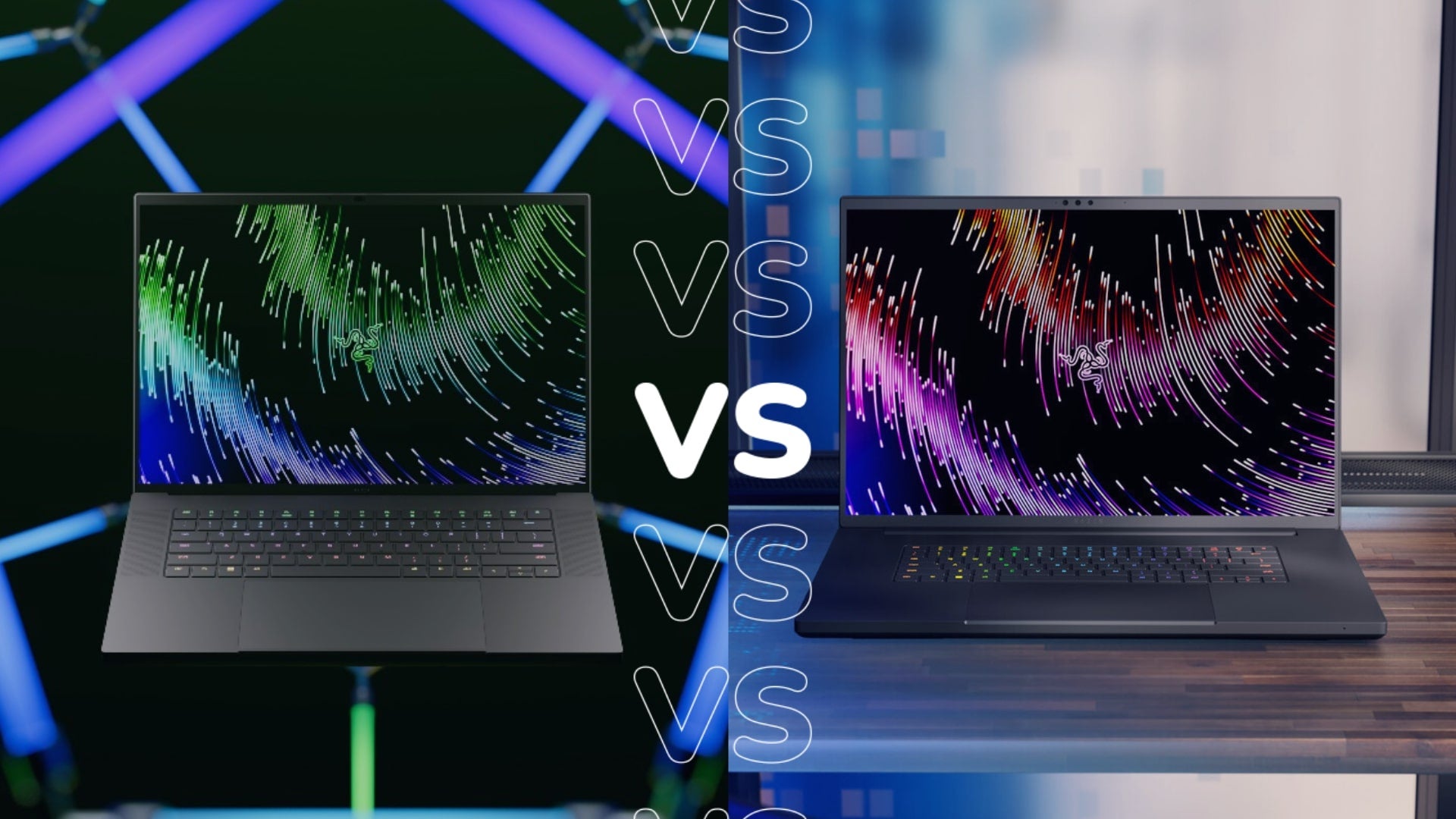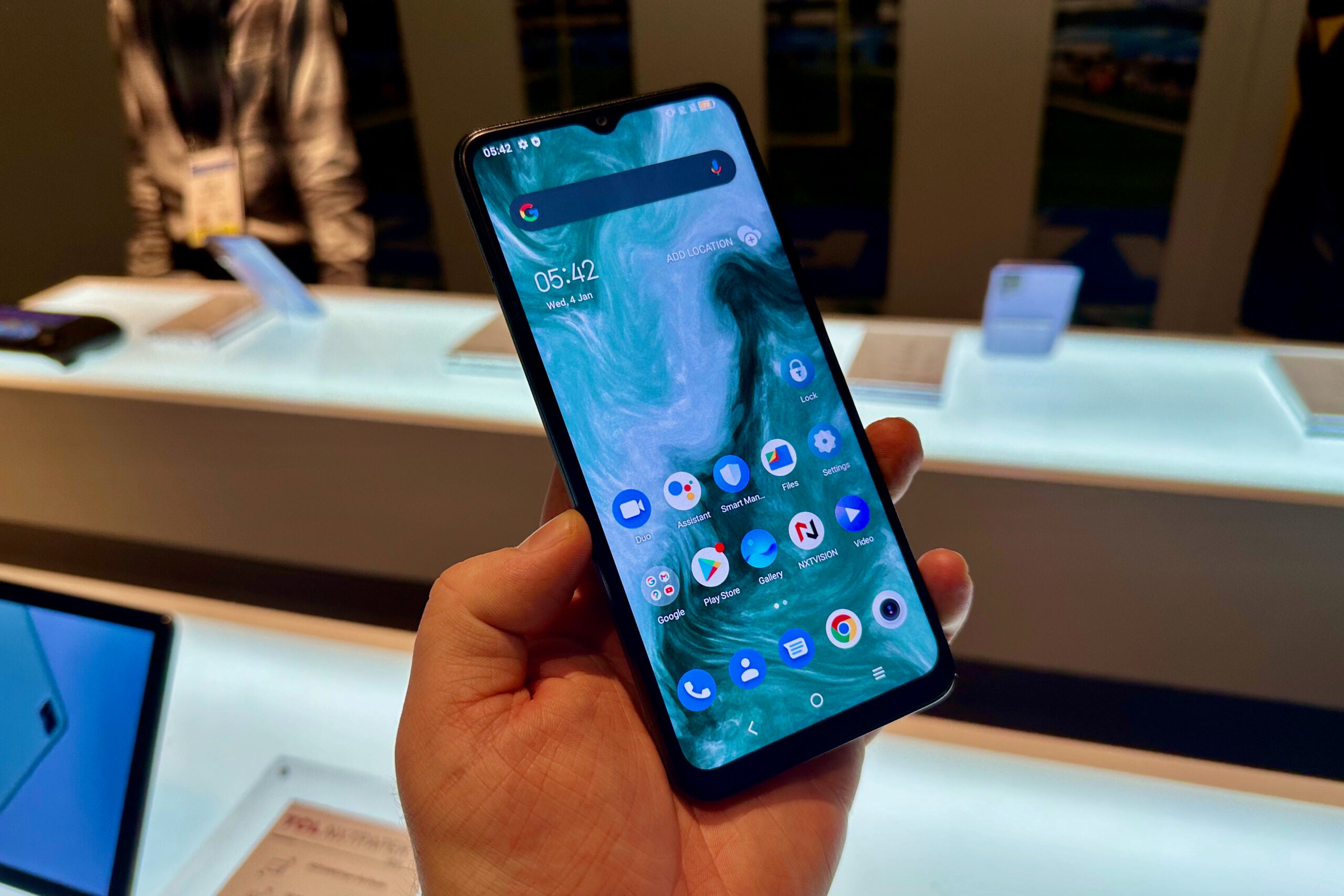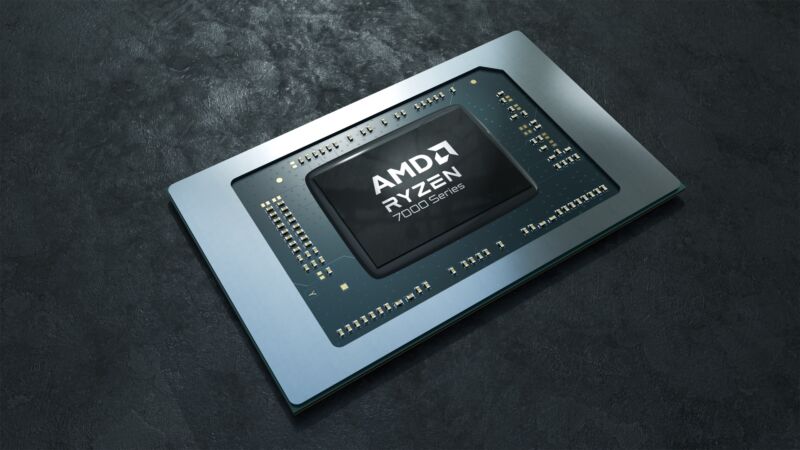Vive XR Elite vs Meta Quest 2: How do these VR headsets compare?
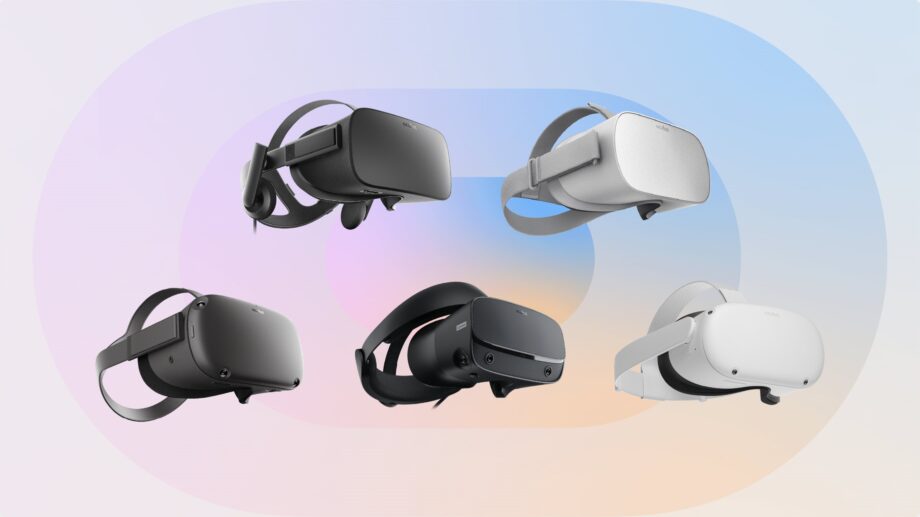
The Vive XR Elite Headset is available to pre-order, boasting over 100 new experiences for gamers when it launches.
Fans have been waiting on tenterhooks for the release of the HTC Vive XR Elite VR headset, which is now available for pre-order with shipping starting in February.
The Vive XR Elite is a Mixed Reality headset that blends VR technology with augmented reality (AR) technology. It boasts a high resolution and a 110-degree field of view, as well as full RGB passthrough.
With all these new features we have to ask, is the Vive XR Elite headset worth the upgrade? We’re going to be looking a little closer at the latest HTC headset alongside the recently release Meta Quest 2, to see which headset comes out on top.
Keep reading to discover all the key differences between these two VR headsets and which is worth your money.
The Meta Quest 2 has updated controllers
It looks like HTC has played it safe with the controller as the Vive XR Elite features the same controllers as the Vive Focus 3. From our brief time with them, we noted they had excellent tracking ability and looked very similar to the latest Quest controllers.
It’s slightly confusing to see the latest VR headset from HTC with the same controllers we’re already used to, especially since the Meta Quest 2 came with brand-new controllers. The Quest 2 controllers feel larger, with the rear and side triggers featuring more travel for satisfying presses. Moreover, haptic feedback was repositioned for improved immersion.
It’s a shame to see the XR Elite stick with the same controllers that came before. However, so long as they have a reliable connection and provide a satisfying game experience, it shouldn’t put you off checking out the latest VR headset from HTC.
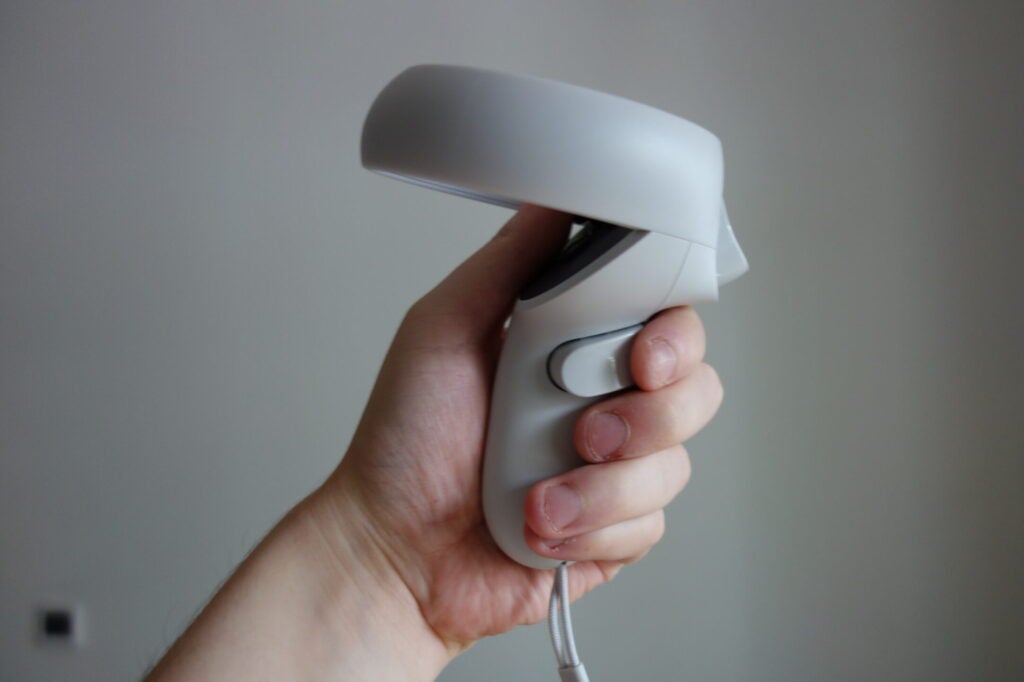
The Vive packs a 4K resolution
The latest Vive XR Elite headset boasts an impressive resolution compared to its predecessor. The resolution overall is 4K since each eye is treated to a 2K screen – 2048 x 1080 – allowing for a more immersive and sharper picture.
The Meta Quest 2 features 1832 x 1920 resolution per eye, meaning the Vive edges it out in terms of the resolution. In our review of Quest 2, we noted that in-game worlds looked sharp and it was hard to catch any screen-door effect issues. Some games do have some pixelation, but overall most games looked extremely bright and clear.
We expect the Vive XR Elite to boast an even sharper screen and hopefully, not suffer too much from issues like the screen door effect or pixelation. Since both headsets also support 90Hz refresh rate, they should perform similarly to portraying smooth animation and gameplay during use.
Vive features a removable battery
According to HTC, the Vive XR Elite headset comes with a 30W battery that can be used for around two hours during full-on usage. The battery is placed on the back strap of the device to allow for an even weight distribution, with a plastic band that wraps around your head in a similar vein to the Pico 4.
Furthermore, you have the option to remove the battery during gameplay when it runs out, meaning players can continue gaming with a fresh battery without needing to take a break.
HTC also included Flow Mode, which allows you to turn it into a pair of glasses. During this mode, you will need to plug the device into a socket or a powerful battery bank to continue playing.
This is not a feature that’s available on the Meta Quest 2, our review mentioning it can last for around two hours during gameplay and up to three hours with video content. There is an option to continue playing with the headset plugged into a power source, but you will need to source your own USB-C to USB-C charging cable since the bundled cable is too short.
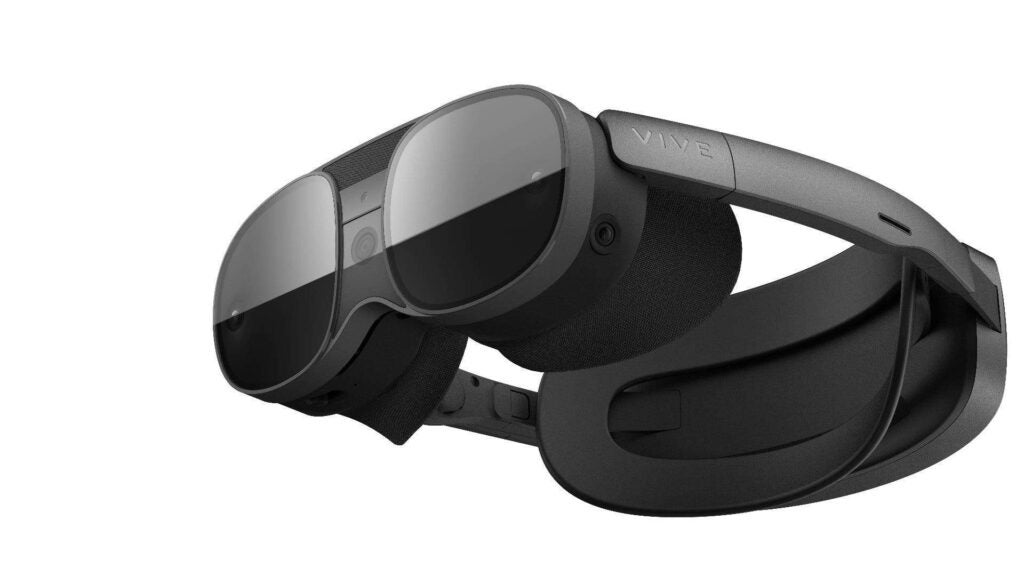
Meta Quest 2 is the lighter alternative
The Vive XR Elite weighs in at 620 grams, a weight that includes the battery pack, making it lighter than its Vive Focus 3 predecessor. When the headset is in Flow Mode its weighs just 240g since it transitions into a pair of glasses that are less intrusive and not as large.
The Meta Quest 2, meanwhile, weighs only 503 grams, an improvement on the Meta Quest headset’s 571g. This suggests the Meta Quest 2 may be more comfortable to wear over longer periods.
However, since the XR Elite offers up the lightweight Flow Mode as another alternative, that may be best for people who struggle with large headsets for an extended period of time.


